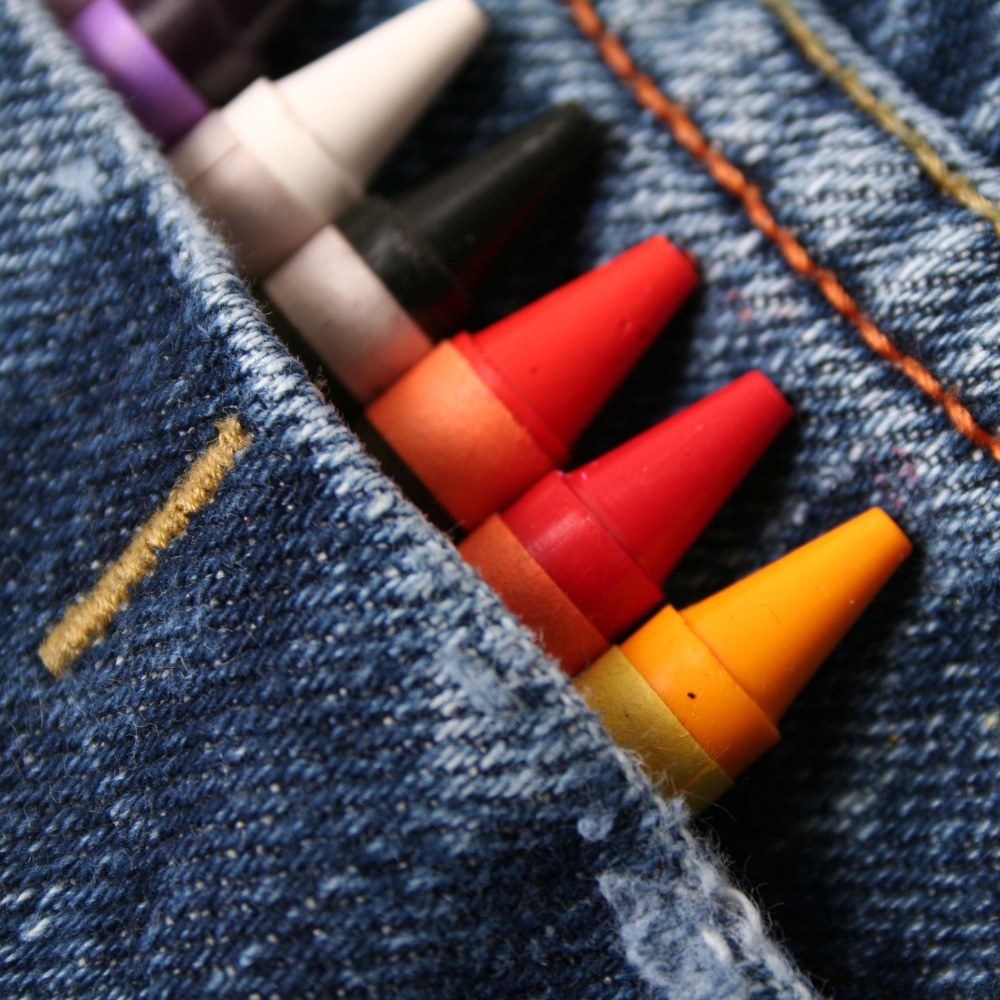Crayon art, often associated with children's coloring books, has transcended its humble beginnings to become a respected medium in the fine art world.
It has undergone a renaissance, shedding its elementary skin to emerge as a medium of fine art sophistication; this metamorphosis from child's play to gallery-worthy creations is the handiwork of visionary artists who have dared to dream in wax.
As we explore the vibrant landscape of crayon artistry, one question stands out: who reigns supreme as the most famous crayon artist?
Join us as we journey through the colorful paths these artists have drawn, leading us to the pinnacle of crayon mastery that has enchanted both the art community and the world.
Key Takeaways:
- Discover the vibrant world of crayon art and learn about the most renowned crayon artist.
- Understand the unique techniques and mediums used by famous crayon artists to create delicate and intricate artworks.
- Explore the impact of crayon art in the fine art world and its growing popularity among collectors and art enthusiasts.
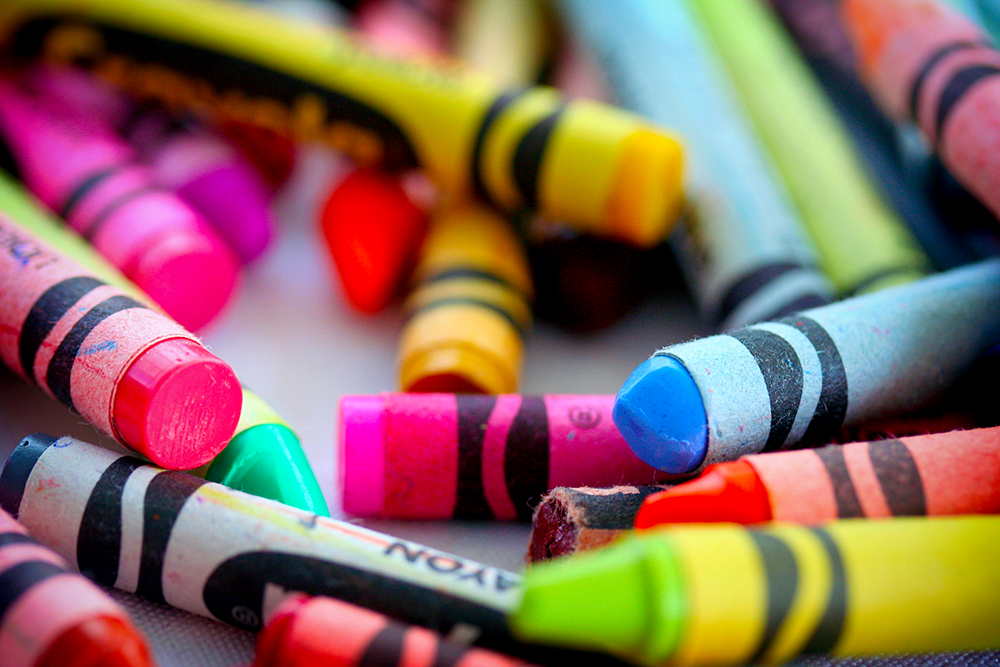

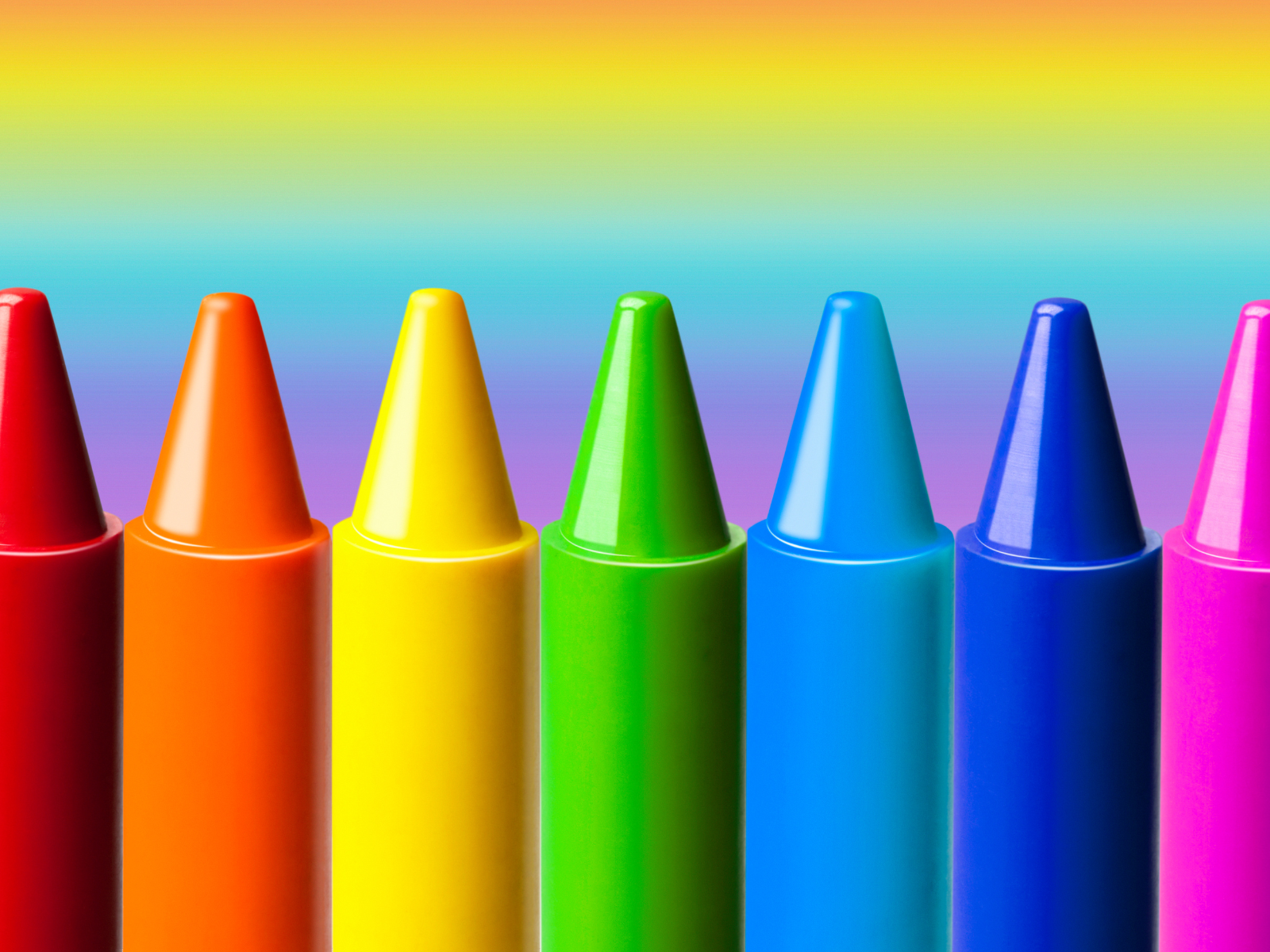
The Evolution of Crayon Art
Crayon art has evolved significantly from the simple act of coloring.
Artists have experimented with different colors and textures, blending crayons with other mediums like watercolor, encaustic, and graphite to create complex and colorful images.
The crayola brand, known for its big box of crayons, has been a staple in the lives of most people since childhood.
However, it's the artists who have taken these familiar materials and transformed them into something extraordinary that have truly made a mark in the art world.
The Techniques of Crayon Artistry
Famous crayon artists like Jeffrey Robert and Don Marco have developed their own unique techniques to create delicate and detailed artwork.
They often combine melted crayons with traditional drawing methods, experimenting with texture and layering to achieve depth and richness in their work.
The use of melted crayons, in particular, allows for a shiny, encaustic-like finish that adds a new dimension to their pieces.
Jeffrey Robert: The Crayon Artist
When discussing who is the most famous crayon artist, Jeffrey Robert often comes to mind.
Known for his unique approach to creating fine art with crayola crayons, Robert has inspired many to explore the potential of this medium.
His work is characterized by its vibrant colors and the ability to create delicate textures that rival the detail found in paintings and colored pencil drawings.
Don Marco: The Master Crayon Artist
Another name that stands out in the realm of famous crayon artists is Don Marco.
Born in Mexico, Marco has made a name for himself with his intricate crayon drawings that often feature nature, portraits, and everyday life.
His ability to manipulate crayons to achieve the look of oil paintings has earned him the title of "The Master Crayon Artist" and has inspired countless others to view crayons as a legitimate fine art medium.
Herb Williams: The Sculptor of Crayons
Moving beyond the canvas, Herb Williams is an artist who uses crayons in an entirely different form. Williams is renowned for his sculptures made entirely out of crayola crayons.
These sculptures range from life-sized figures to abstract shapes, all showcasing the versatility of crayons as a medium.
His work has been displayed in museums and galleries around the world, proving that crayons can be used to create art that is both imaginative and physically engaging.

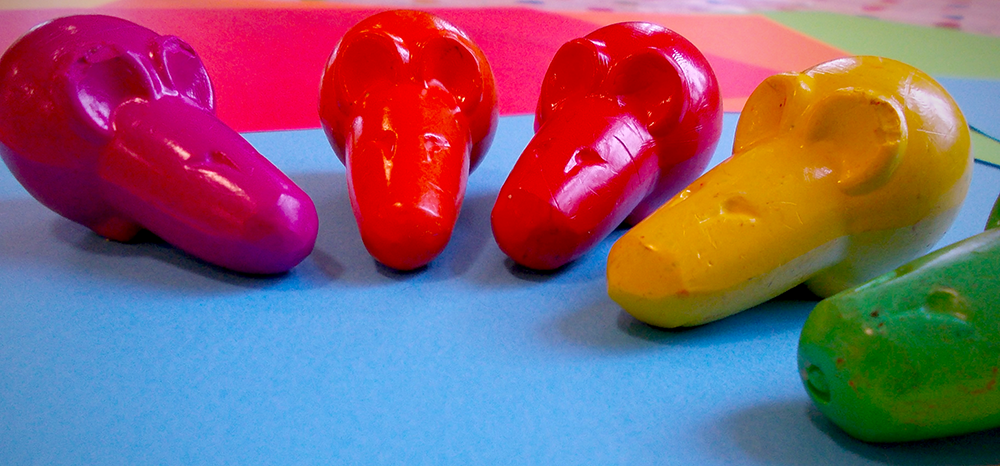
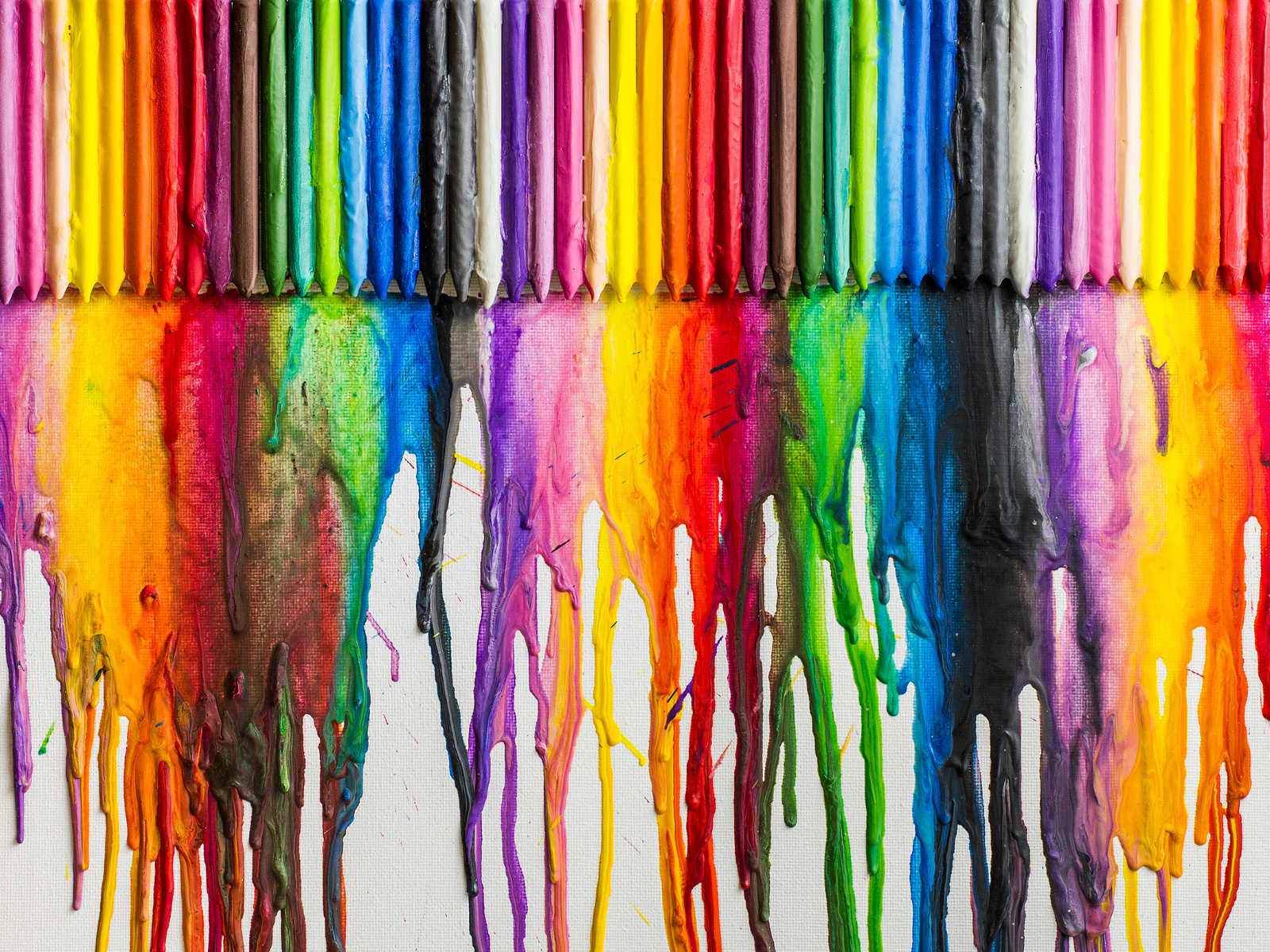
The Role of Colored Pencils in Crayon Art
Colored pencils have become an indispensable tool for artists who wish to add a level of precision and detail that crayons might not always afford.
Unlike the broader strokes of crayons, colored pencils allow for fine lines and a more controlled application of color, making them ideal for intricate designs and realistic portrayals.
Artists often use them in conjunction with crayons to achieve textures and gradients that are difficult to accomplish with crayons alone.
This synergy of mediums can elevate a simple piece to a complex work of art, showcasing an artist's versatility and skill.
The use of colored pencils is not just limited to blending with crayons; they stand out as a primary medium in their own right.
Many artists prefer the firmness and sharpness they provide, which is particularly useful in creating detailed images on paper.
The combination of crayons' rich texture and the sharp, vivid lines from colored pencils can result in a striking contrast that brings depth and life to the artwork.
This technique is especially popular among Vietnamese American artists, who often incorporate elements of their rich cultural history into their work, using the precision of colored pencils to depict intricate patterns and symbols.
The Impact on Fine Art and Collectors
The work of famous crayon artists has not only inspired a new generation of creatives but has also caught the attention of art collectors and enthusiasts.
The colorful and intricate pieces created by these artists have found their way into galleries and private collections, proving that crayon art is a respected and sought-after form of fine art.
The growing interest in this medium is a testament to the skill and creativity of the artists who have chosen to work with crayons.
Influence of Crayon Art on Children's Creativity
Crayon art holds a special place in the realm of children's arts and crafts, serving as a fundamental stepping stone in the development of a child's imagination and creative abilities.
The simplicity of crayons as a medium makes them an ideal first tool for kids to express their ideas, draw objects, and explore the world of colors.
The act of holding a crayon and transferring their thoughts onto paper is a formative experience that can spark a lifelong passion for the arts.
It's an accessible form of expression that encourages experimentation and the joy of creating something tangible.
Moreover, crayon art can be a powerful educational tool, teaching children about color theory, hand-eye coordination, and hand lettering.
As they progress, children learn to blend colors, create portraits, and even delve into more complex artistic concepts such as perspective and shading.
The tactile experience of working with crayons helps to refine motor skills, while the endless possibilities of what they can create with a simple box of crayons serve as an early lesson in innovation and resourcefulness.
By fostering these skills at a young age, crayon art contributes to a foundation of creative thinking that can influence a child's approach to problem-solving and idea generation throughout their life.
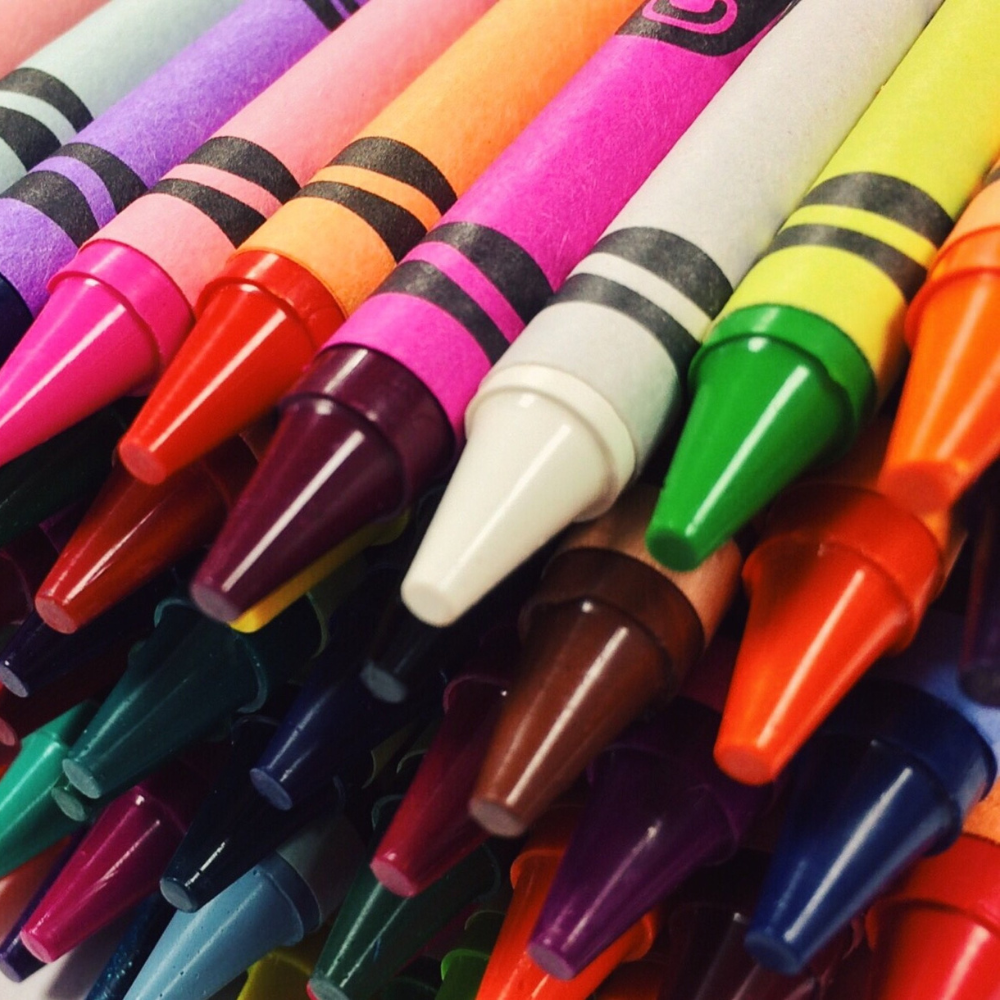

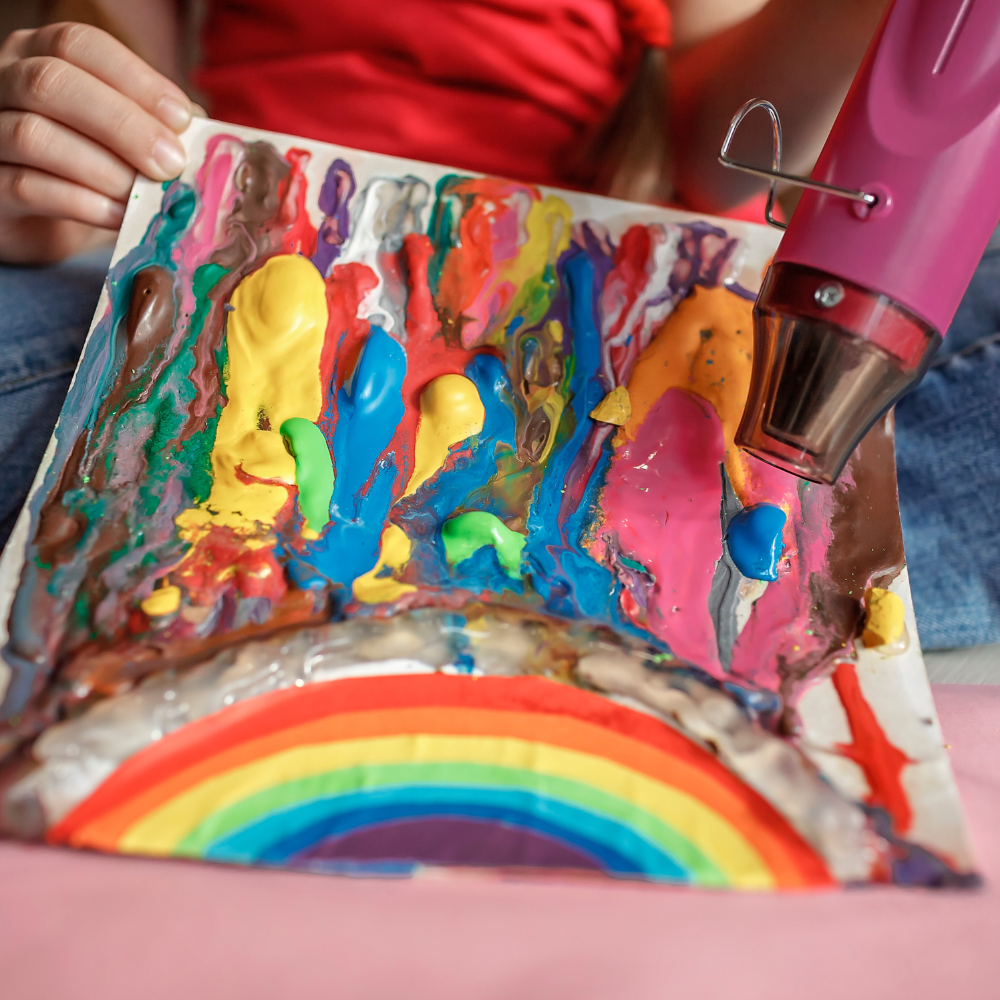
Crayon Art in Modern Culture
Crayon art has also made its mark in modern culture, with artists using this medium to comment on social issues, depict historical events, or simply to bring joy and color into people's lives.
The universal appeal of crayons, with their association with childhood and innocence, allows artists to connect with audiences on a deeply emotional level.
Waxing Poetic: Crayons' Colorful Rise to Fame
Crayon art has come a long way from its origins as a child's plaything.
As we close the chapter on our vibrant exploration of crayon art, it's clear that this medium is no longer confined to the realm of childhood nostalgia.
The brilliant strokes of Jeffrey Robert, the meticulous mastery of Don Marco, and the innovative spirit of Herb Williams have collectively painted a new horizon for crayon artistry.
These luminaries have not only etched their names in the annals of art history but have also championed the humble crayon as a powerful tool for fine art expression.
Their legacy is a tapestry of color that continues to inspire a new generation of artists and art enthusiasts, proving that creativity knows no bounds, and indeed, every medium holds the potential for greatness.
As we part ways with these wax wonders, we are left with a lingering question: who will be the next to take up the crayon and color outside the lines of convention, further transforming the art world?

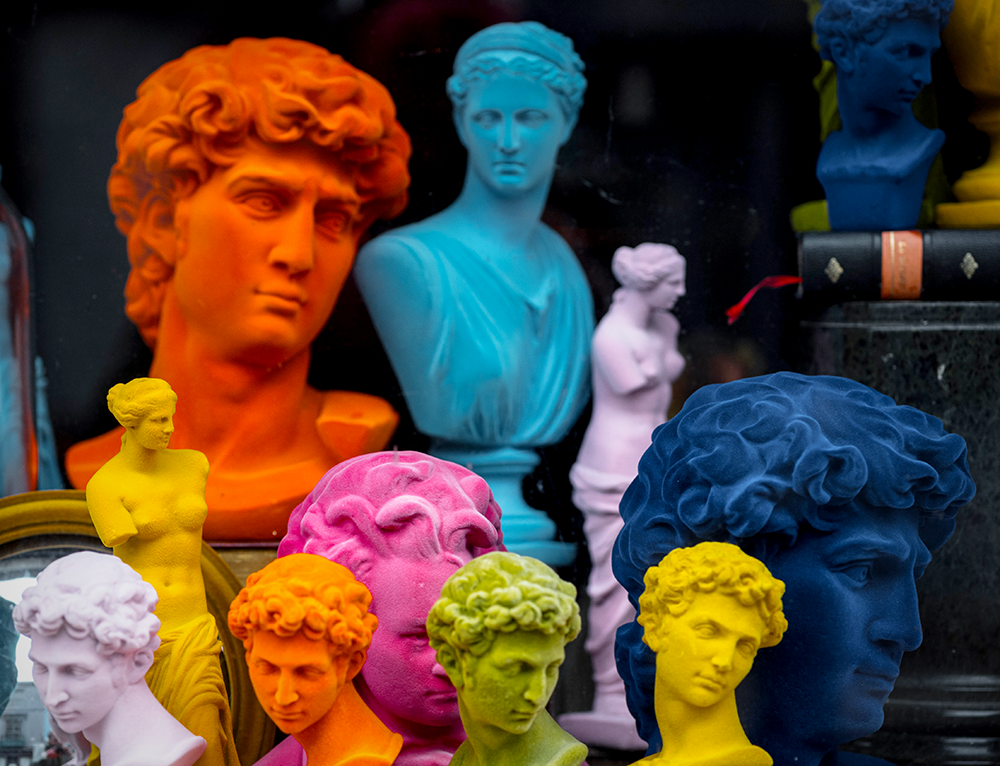

Crayon Art FAQs
Crayons: they're not just for kids anymore!
Gone are the days when these colorful sticks were confined to the realm of child's play.
In recent years, crayon art has scribbled its way into the hearts of the fine art community and collectors alike.
With their vibrant hues and versatile nature, crayons have proven to be a medium that can convey the depth and texture often reserved for the likes of oil paints and watercolors.
But how exactly have crayons evolved from classroom staples to coveted tools for masterpieces?
Let's delve into some of the most burning questions surrounding this waxy wonder and uncover the secrets that make crayon art a respected and sought-after form of expression in the art world.
Can crayons be considered a fine art medium?
Absolutely. Artists like Jeffrey Robert and Don Marco have demonstrated that crayons can be used to create artwork that rivals traditional fine art mediums in terms of detail, texture, and expression.
What are some unique techniques used by famous crayon artists?
Famous crayon artists often use melted crayons, layering, and blending with other mediums such as watercolor and graphite to create intricate and textured artwork. They experiment with different surfaces and techniques to achieve a variety of effects.
How has crayon art been received by the art community and collectors?
Crayon art has been embraced by the art community and collectors, with works by famous crayon artists being displayed in galleries and museums, as well as being sought after for private collections. The medium's growing popularity is a clear indication of its acceptance as a form of fine art.
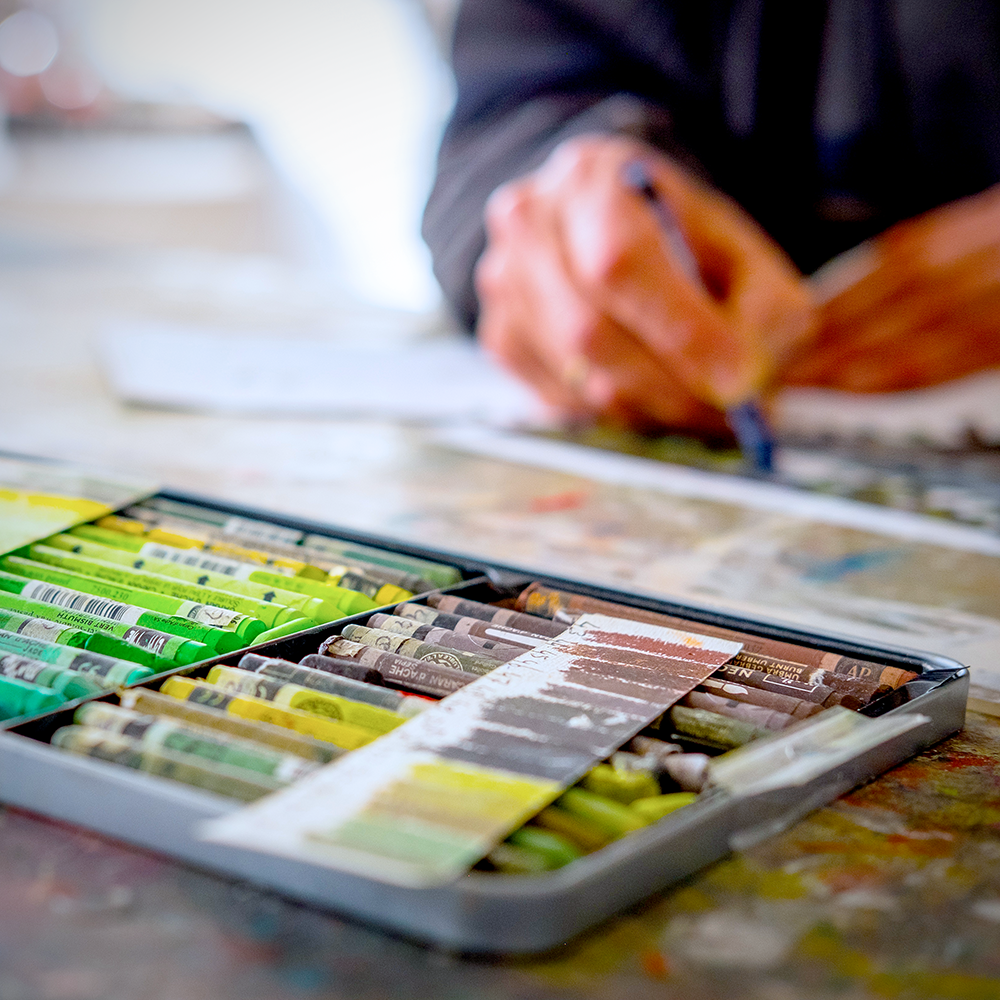
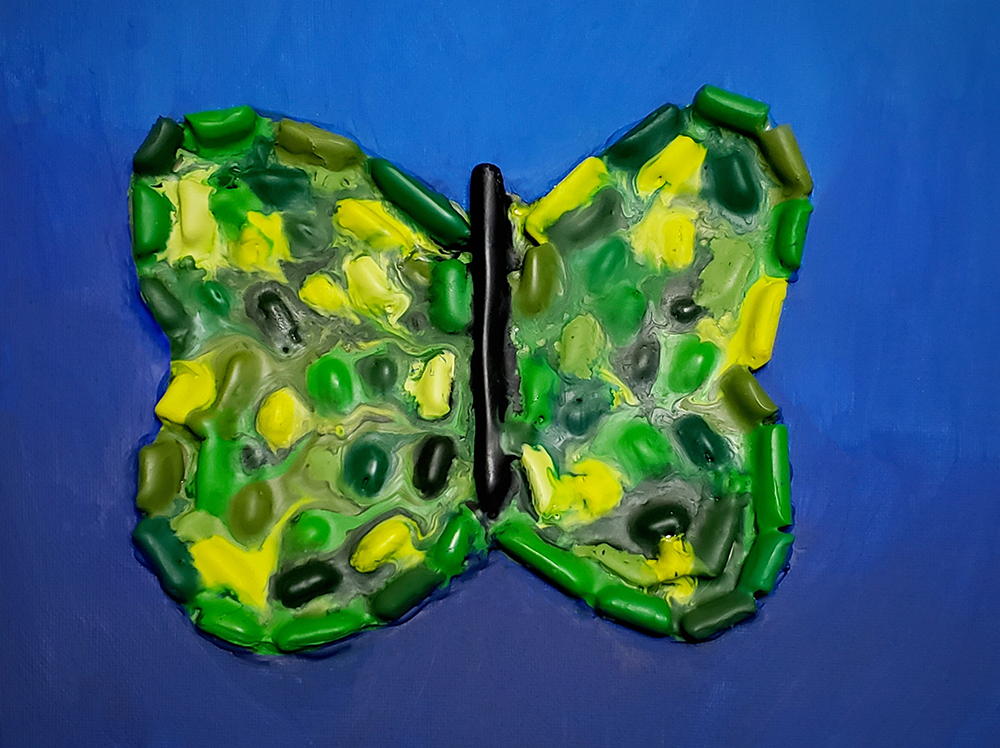

Eager to see what crayons can achieve? Check out SuperRaeDizzle's video!
Want even more content about creativity and art?
Be sure to check out all of our creative chronicles!
Love crayons?
Check out some of our other articles:
-How do you make easy crayons?
-What are the two main ingredients to make a crayon?
-What crayons do professionals use?
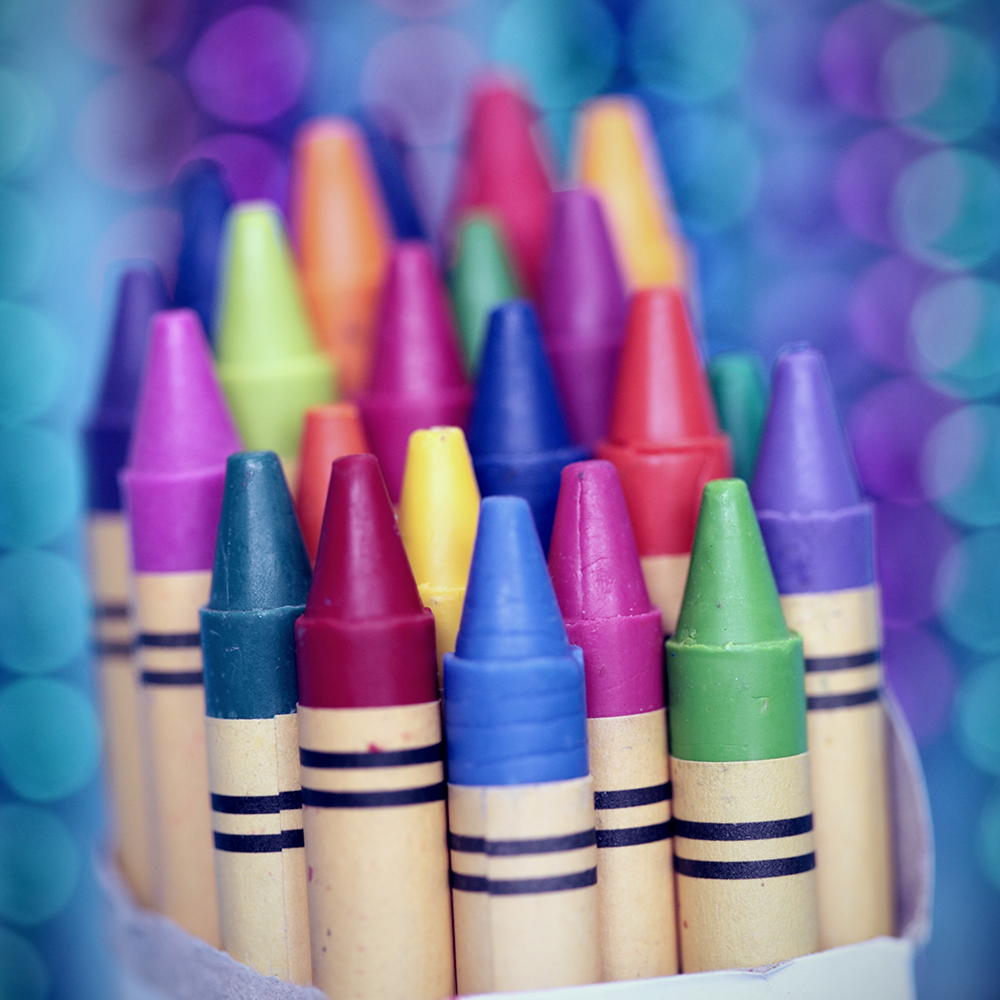
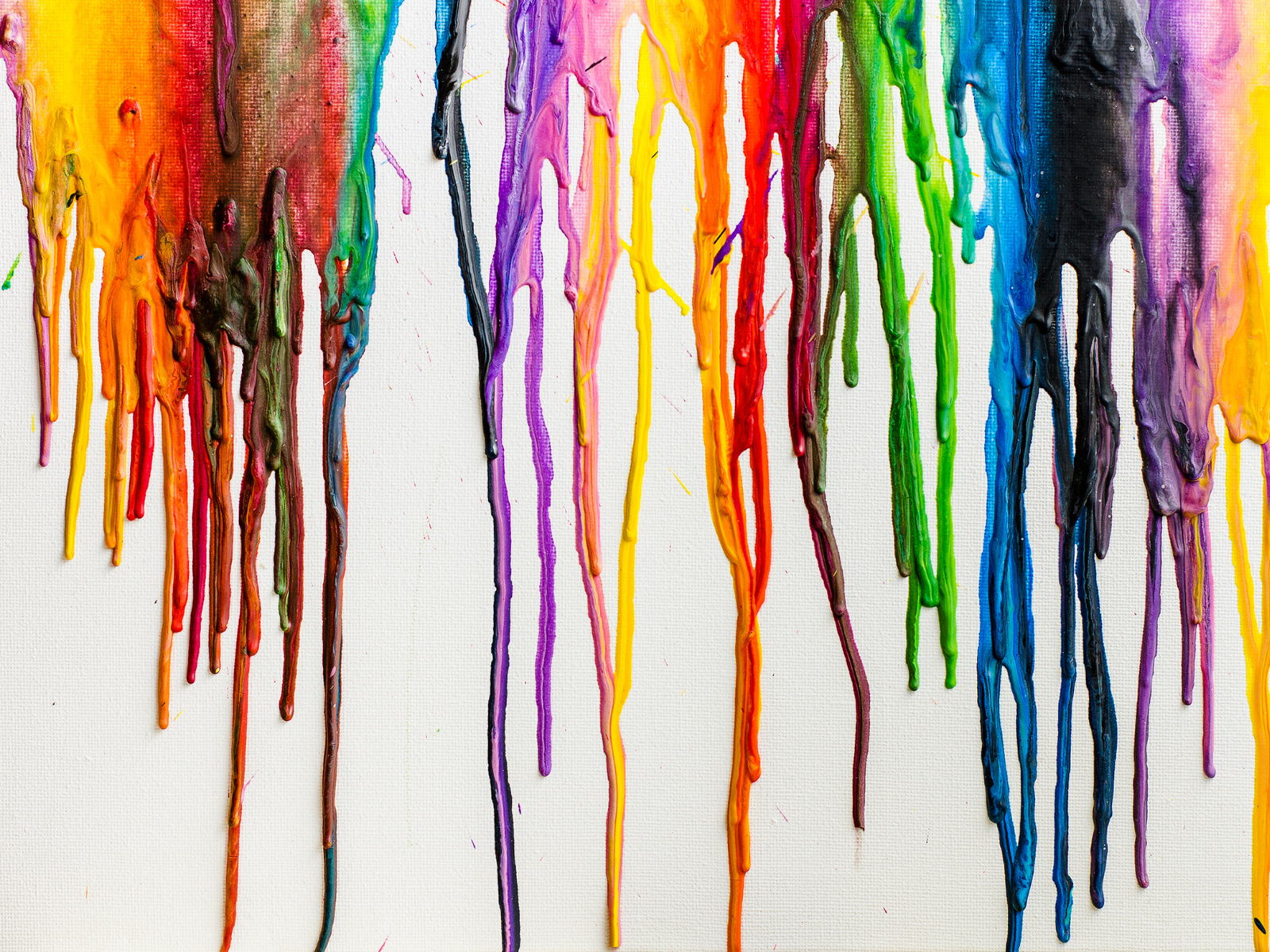
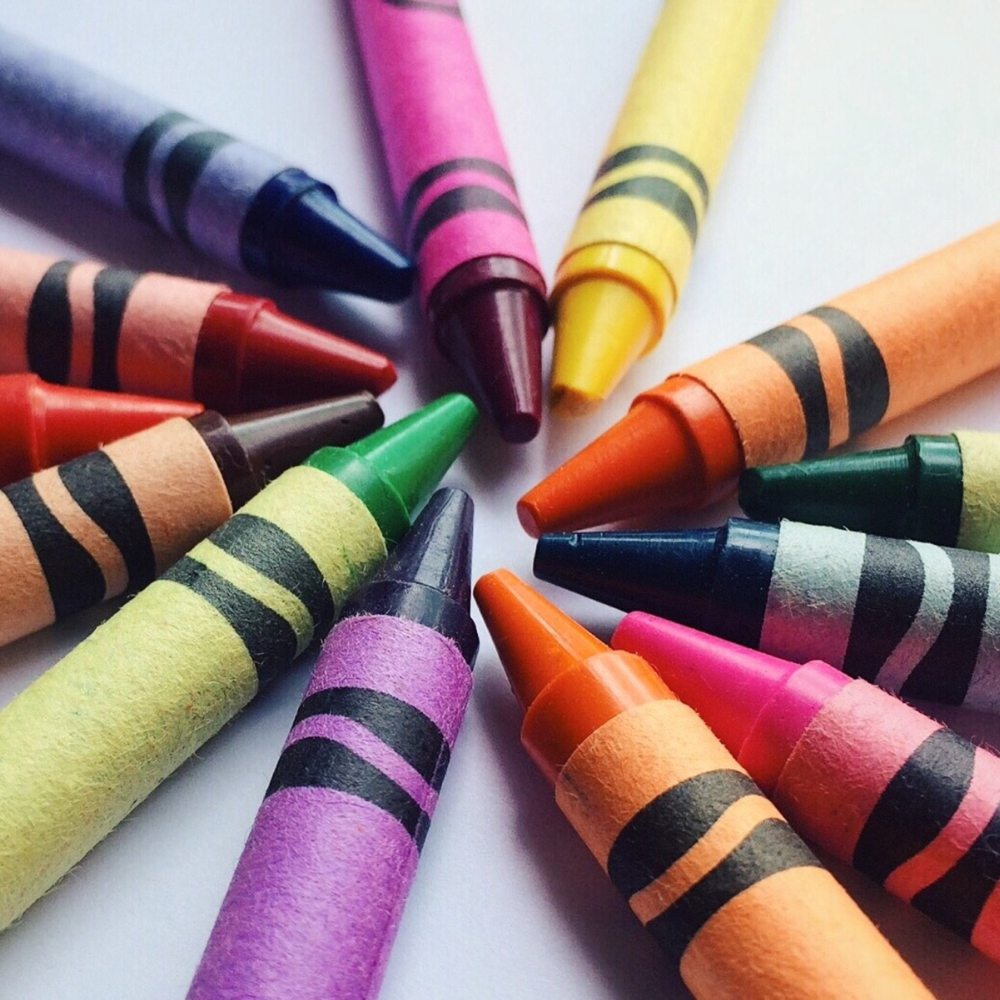
0

